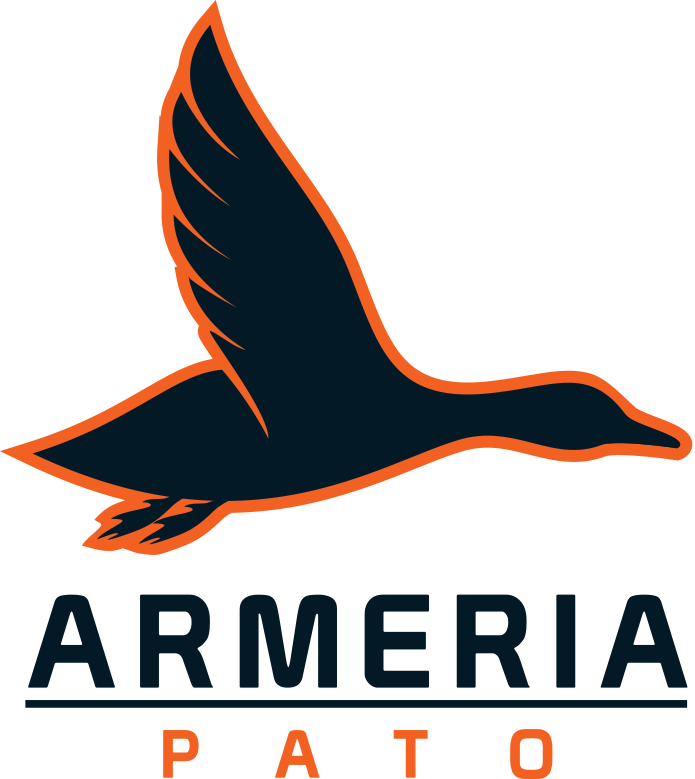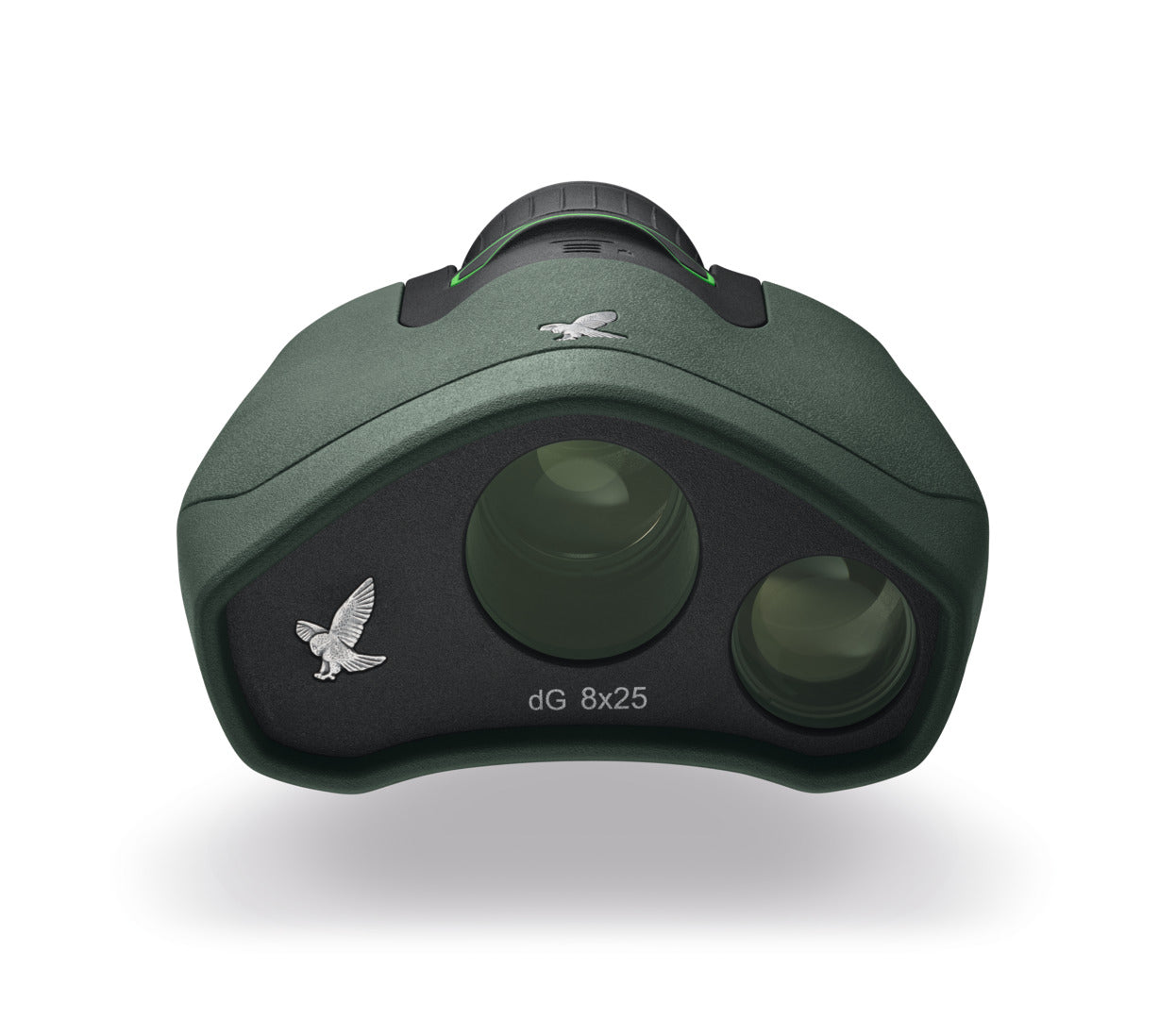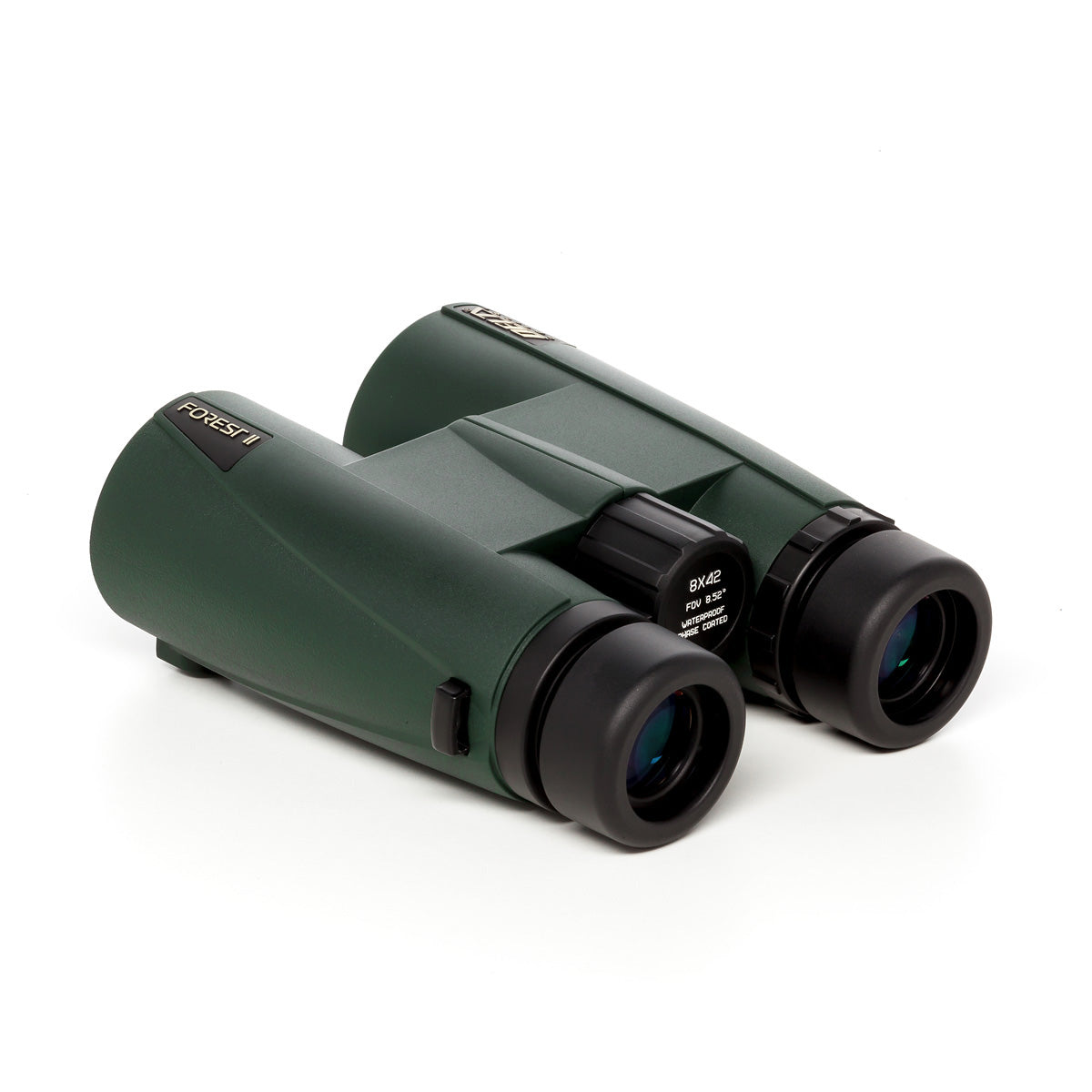INCREASES
Magnifications specify the factor by which an object appears to be closer in relation to its actual distance. The higher the magnification, the closer the object appears to be. However, higher magnification also leads to a reduction in the field of view. Check the exact name of the product, since the number preceding the "x" increases. For example, 10x42 is a device with 10 magnification.
FIELD OF VIEW
The field of view defines the size of the image section that can be seen through the optical device. It is specified in meters (width) at a distance of 1000 meters (m/1000m) or as an angle (degrees). The higher the magnification, the smaller the field of view. Binoculars have a large field of view, which means you will be able to see a wide area. Telescopes have higher magnification, which makes the field of view much smaller, but you will be able to see more detail.
ADJUSTMENT RANGE
The diameter of the objective specifies the amount of light that can enter the optical device. This makes it a key factor for the performance of an instrument, for example, at sunset. The larger the diameter of the lens, the more light it can capture. The darker the environment, the larger diameter lens you will need. Check the exact name of the product, as the number after the “x” specifies the diameter of the lens in millimeters. For example, a device with the suffix 10x42 has a lens with a diameter of 42mm.
MINIMUM FOCUS DISTANCE
The minimum focus distance specifies how close an object must be to be seen clearly with the optical device. Thus, the image can be focused between this value and infinity.





































